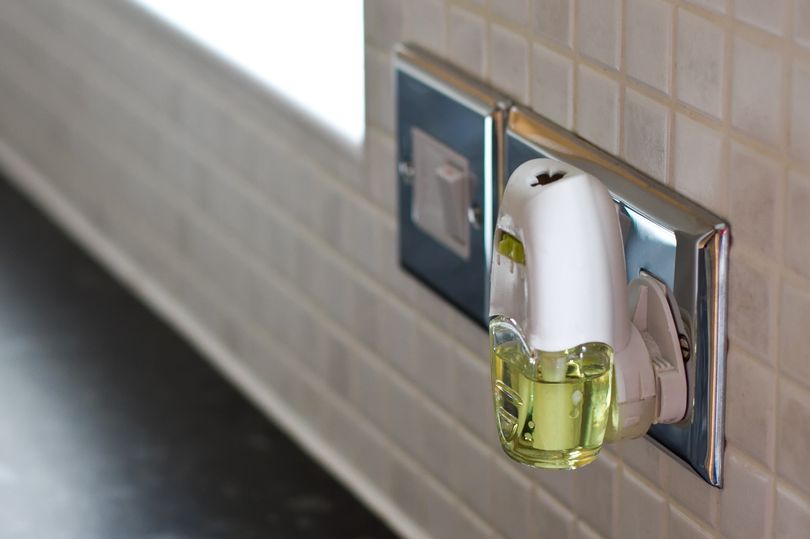The Hidden Dangers of Air Fresheners
For many households, air fresheners are a go-to solution for keeping rooms smelling clean and inviting. From plug-ins to sprays and gel-based scents, they’re widely available and often promise instant freshness. But while they may mask bad smells temporarily, experts warn they could be doing more harm than good — to both your wallet and your air quality.
Alice Jennings, a mum of two from Manchester, has been testing natural, low-cost alternatives after learning more about what’s really inside store-bought fresheners. According to Plumbworld, a bathroom and kitchen expert, there are some surprising facts about the contents of these products that many people are unaware of.
What’s in Your Air Freshener?
Many air fresheners contain a mix of synthetic chemicals designed to neutralise or mask odours. However, studies have shown that these products can release volatile organic compounds (VOCs), including formaldehyde, benzene, and phthalates — all of which can impact indoor air quality.
Alice recalls, “I always thought I was keeping my home fresh and clean, but then I started noticing my son had more headaches and sniffles, especially after I used room sprays. When I looked into what’s actually in them, I was shocked.”
The Hidden Cost of Freshness
Beyond potential health concerns, the cost of air fresheners adds up. A standard plug-in unit with refills can cost between €3 to €5 a month. Multiply that across a few rooms, and it quickly becomes an expensive routine. And since the scents only mask odours without tackling the cause, you’re paying for a temporary fix.
Alice adds, “I was spending over €11 a month on sprays and plug-ins — money I could’ve used elsewhere. That’s when I started looking for cheaper, healthier options.”
The €1 Hack That Actually Works
After a bit of trial and error, Alice found one budget-friendly hack that outperformed her usual sprays: bicarbonate of soda. This common household item, which costs as little as €1 in most supermarkets, has natural deodorising properties. It works by neutralising acidic and basic odours in the air rather than simply masking them with artificial fragrances. When placed in small bowls or jars around the home, bicarbonate of soda absorbs bad smells quietly and effectively.
“You don’t need fancy gadgets or chemicals,” she says. “I keep a small open jar of bicarbonate of soda behind the toilet, in the kitchen bin cupboard, and even in the hallway. It works quietly in the background, and it’s completely scent-free.”
How to Make Your Own Natural Freshener
For those who prefer a bit of fragrance, Alice suggests mixing vinegar, lemon, and essential oil to create a natural room spray. Vinegar is a natural disinfectant that helps eliminate bacteria and neutralise odours, while lemon adds a fresh, uplifting scent. Adding a few drops of essential oil, such as lavender or eucalyptus, gives an extra layer of natural aroma without any harmful chemicals.
“This homemade spray is easy to make, affordable, and safe for families and pets,” says Alice. “I simply mix equal parts water and vinegar in a spray bottle, add the juice of half a lemon, and finish with about 10 drops of essential oil. It freshens the air without overwhelming it, unlike many commercial sprays.”
Small Swaps That Make a Big Difference
Experts at Plumbworld agree that household air quality is something people often overlook. “Artificial air fresheners can seem harmless, but they don’t solve the real problem. Swapping them for natural methods like bicarbonate of soda and homemade sprays is a simple, cost-effective way to maintain a fresh-smelling home without the hidden chemicals.”







